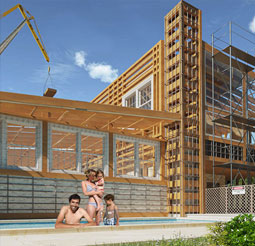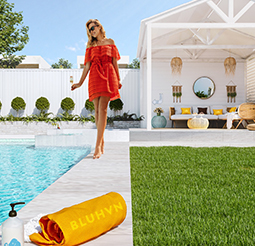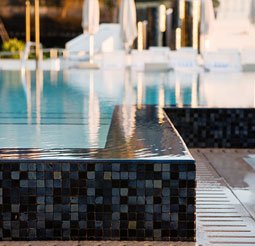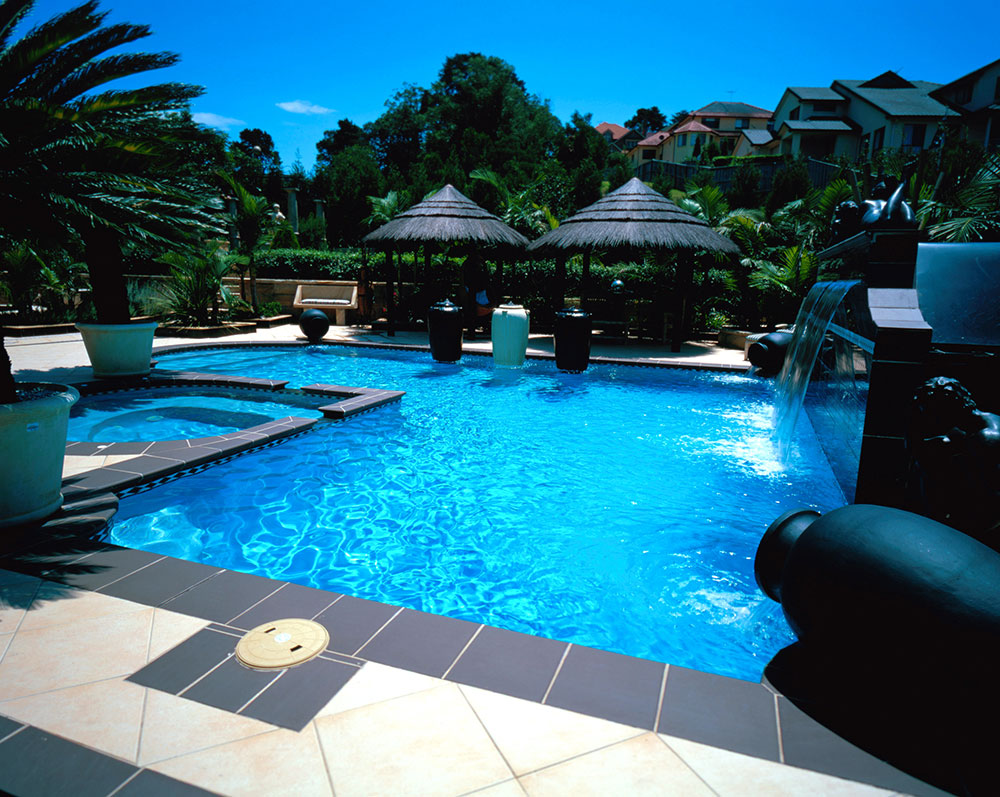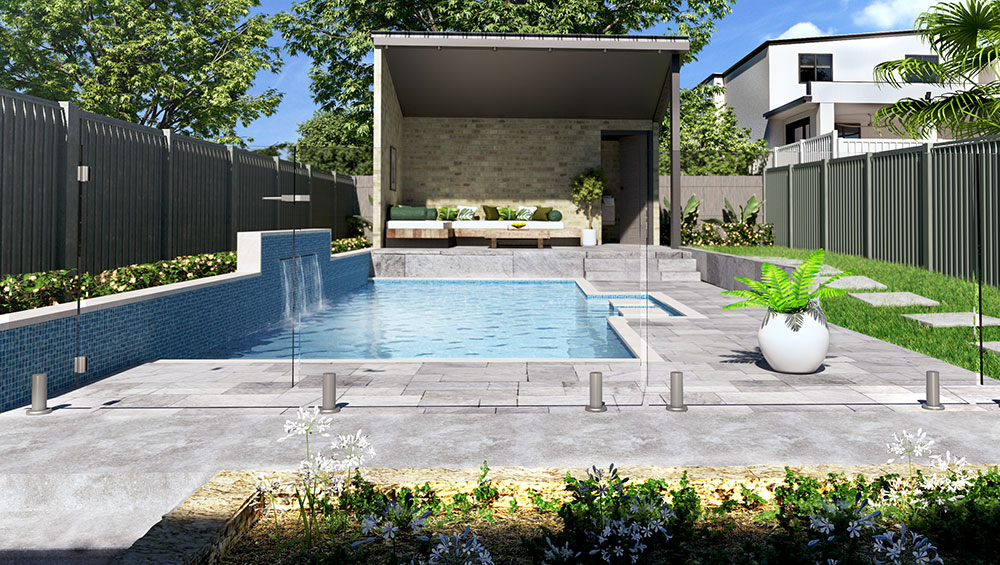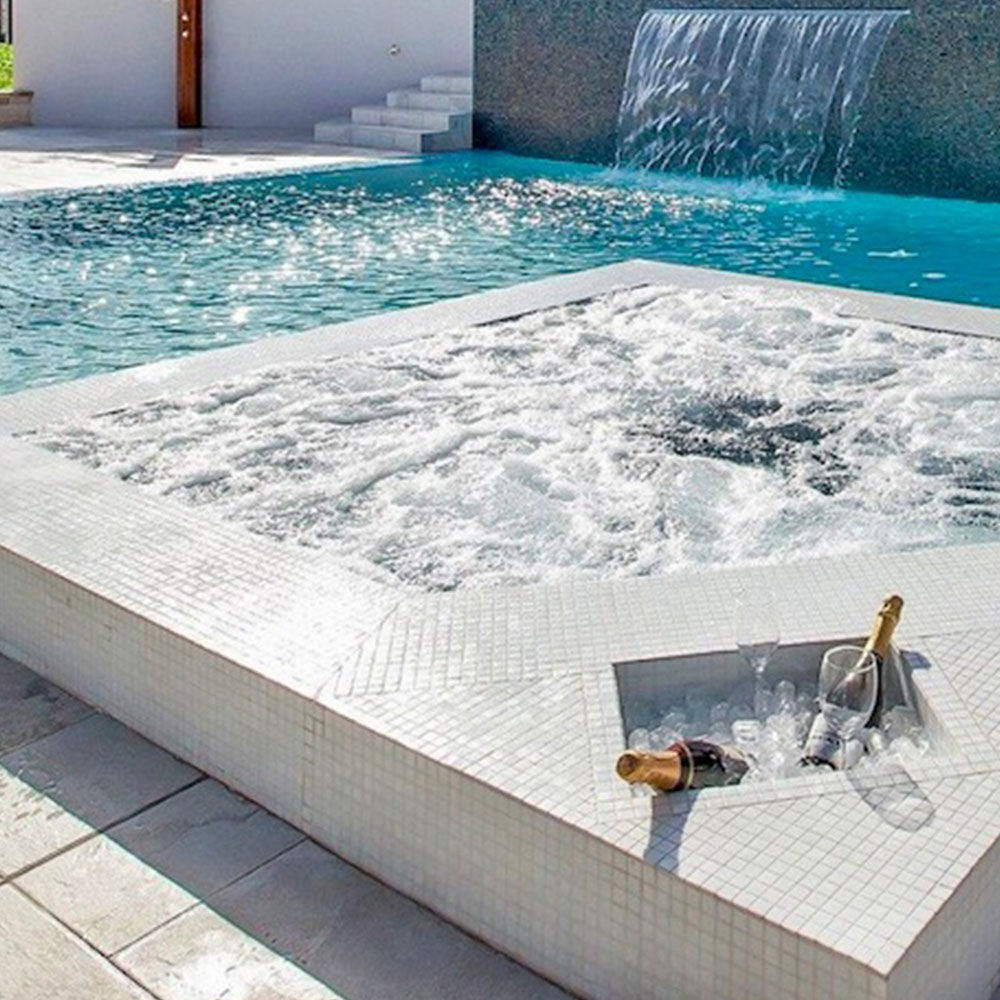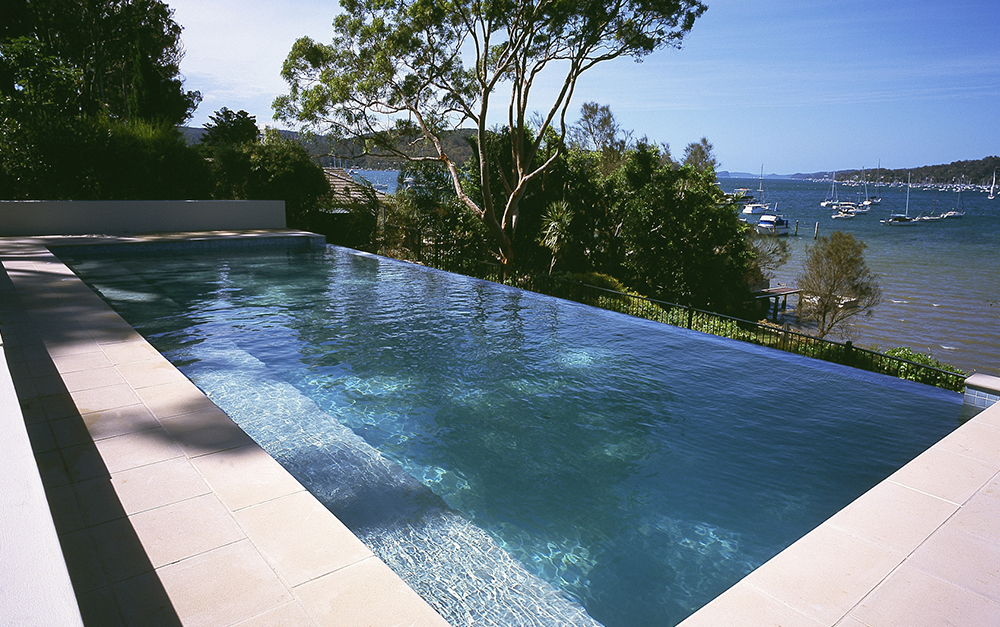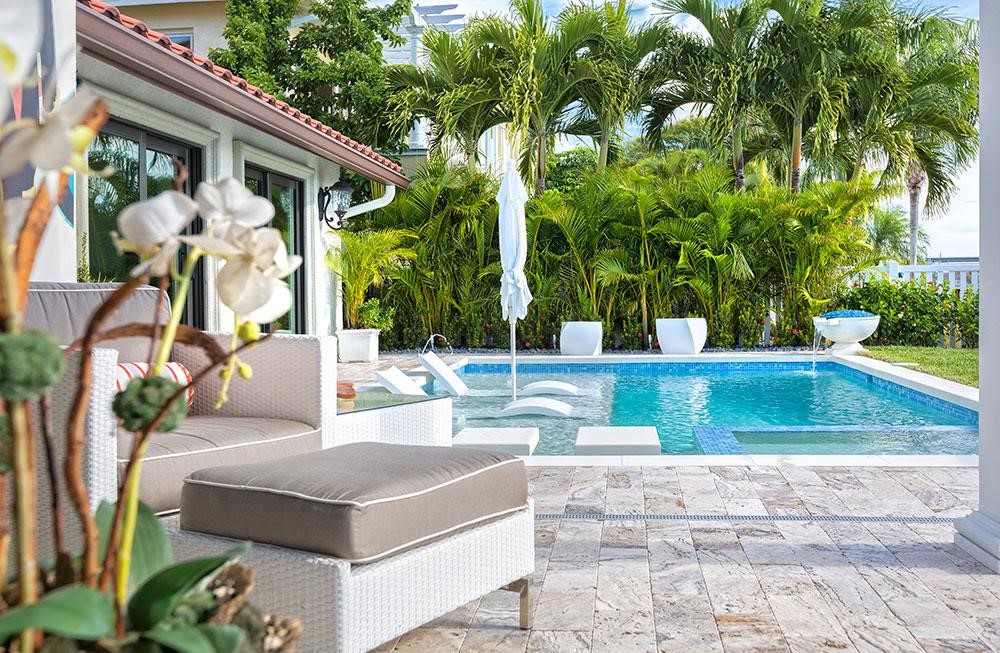Expert Advice for Incorporating a Fire Pit Near Your Pool
June 14, 2021
Backyard living has grown in popularity in recent years, with Australian homeowners enriching their outdoor lifestyle with kitchens, dining spaces, terraces, outdoor TVs, and speakers. The fire pit is one of the most popular outdoor living elements, especially for households with swimming pools.
Many pool owners desire to increase the number of hours they may spend in their pools and backyard space, which makes fire pits a smart choice. For crisp, moonlit nights and toasted marshmallows, fire pits are an ideal hangout spot for fun nights with family and friends. You should choose the correct fire pit depending on available space, money, and, most importantly, local restrictions.
Here are some tips to guide you when you finally decide to add a fire pit next to your backyard pool:
1. Plan a budget.
When building a fire pit, one of the first decisions homeowners must make is to purchase a prefabricated device or construct an in-ground fire pit from scratch. While prefabricated models are certainly easier and quicker to put together, they are not usually built to last. These types often have a metal bottom that rusts and deteriorates quickly.
A proper fire pit includes a concrete foundation, hand-applied brick, and mortar, and weep holes in the walls to allow moisture to drain. Moisture, ground settlement, and other issues are likely to plague homeowners who attempt to construct their unit with mortar and bricks. Hiring a contractor assures that the task is done correctly and that the finished construction will last for many years.
2. Consider the location of the firepit.
Some government policies will affect where you decide to put your fire pit. Building and council codes vary by region; however, the primary issues of having a fire pit revolve around the following considerations:
- The distance between your fire pit and nearby vegetation, homes, or businesses;
- If the smoke from your fire pit will bother or harm your neighbours; and
- The kind of fuel you will need and how you will utilise it to light your fire pit.
It is critical to find a knowledgeable contractor and follow local construction codes if you are having the fire pit professionally placed. It will be the quickest approach to secure council permission.
3. Choose the type of firepit.
Before getting into the many materials that you can use, there are a few primary categories of fire pits that we want to distinguish. In general, these include the following:
- Above Ground Fire Pit. Many of the fire pits you see are above-ground fire pits, which have a wall or barrier on all or most sides around the fire. Above-ground fire pits are typically at least a foot high but can be as high as 20 inches on one or more sides. Fire pits generally are made to sit below the seating area, but if you want to sit on the edge of the fire pit rather than on seats or benches, it should be roughly 18 to 20 inches high.
- Inground Fire Pit. Some homeowners opt to dig a hole into the ground and construct a genuine fire pit below ground level. The firewood can be placed higher than the ground level or wholly sunk in the ground, and a small patio can enclose the fire pit for safety and sitting.
- Custom Fire Pit. Hand-built or custom-built fire pits are constructed from the ground up with various materials such as concrete and brick. These are immovable and can be found both below and above ground. Customisability and the flexibility to keep expenses low are the two key benefits of designing a personalised fire pit.
- Fire Bowl. A fire bowl is relatively smaller than the other fire pit types, fitting on an average patio tabletop. Different varieties can also be larger and span several feet. Fire bowls are commonly formed of concrete, steel, or cast iron and can burn either wood or gas. Aesthetics and choosing a small design are the two main benefits of having a fire bowl.
4. Decide on the material to use.
One of the most crucial aspects of preparing your fire pit is deciding how you want it to look. Here are some popular materials to consider whether you are building a buried in-ground fire pit or an above-ground fire pit:
- Stone. This material comes in various designs, ranging from rounded to angular, allowing homeowners to choose the style that best complements their landscape. They are available in multiple hues, ranging from brown to grey, and can be used with charcoal or firewood. Stone fire pits are almost always custom-built and immobile once installed.
- Brick Paver or Fire Brick. Brick is a heat-resistant material that is commonly used to construct both in-ground and above-ground fire pits. It is also inexpensive and simple to work with, making it an excellent choice for DIY fire pit projects.
- Concrete. Poured concrete or concrete pavers are commonly used in fire pits, and they provide a lot of flexibility in shape and design. Other materials, like brick or stone, are frequently blended with concrete. Because blocks are inexpensive and huge, a builder or homeowner can build construction with the least amount of materials. This makes it the most cost-effective building material.
Pro-tip: Be sure to use non-flammable and heat-resistant materials for all fire pits. They should also not be made of non-porous, water-resistant materials (such as river rock), especially on the inner walls of your fire pit. If you get too close to the flames, this can cause an explosion.
5. Follow fire pit safety advice.
Keep in mind that safety always comes first. Any fire, regardless of its size, necessitates careful attention to safety. The following are some fire pit safety advice from the Fire Protection Association Australia:
- Before you light a fire, check the wind direction.
- To start or relight a fire, never use combustible fluids (gasoline, lighter fluid, etc.).
- Do not wear flammable clothing (such as nylon) or loose-fitting clothing near a fire.
- Softwoods, such as pine or cedar, should be avoided since they can “pop” and generate sparks.
- Children and pets should be kept at least 3 feet away from the fire.
It is also crucial to understand how to dispose of the ashes appropriately once the fire has been out. If you live in a wildfire-prone location, you must close your fire pit due to your homeowner’s insurance. Consult an insurance representative to learn about the effects a fire pit could have on your policy.
Fire pits are a great addition to your Australian home to keep you warm while you enjoy your backyard pool. Call 13 20 25 to get in touch with us or reserve your pool package deal now.

